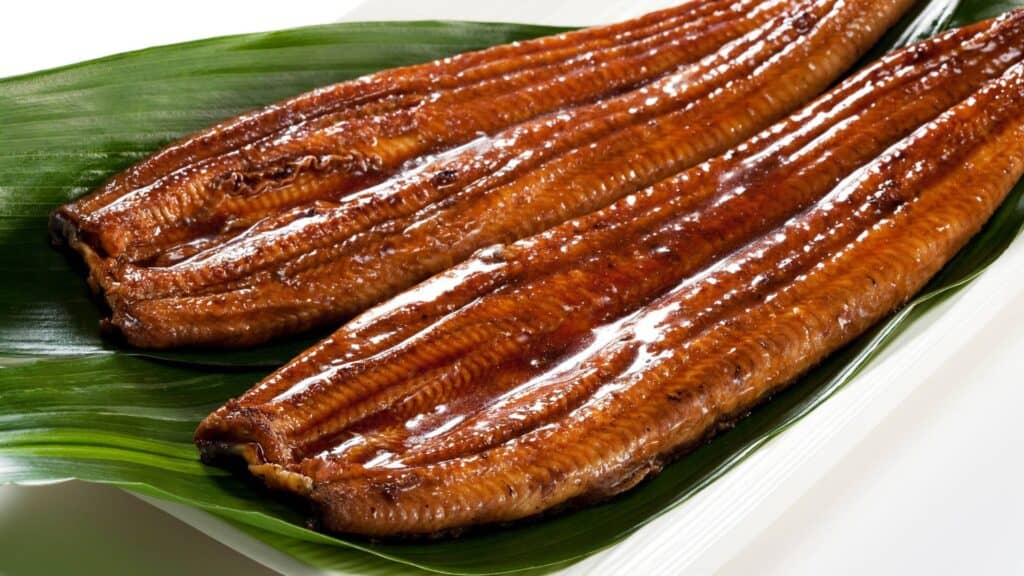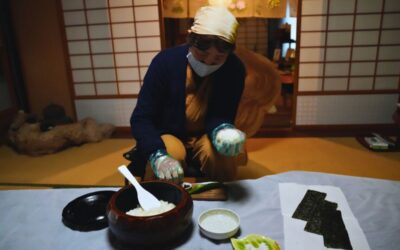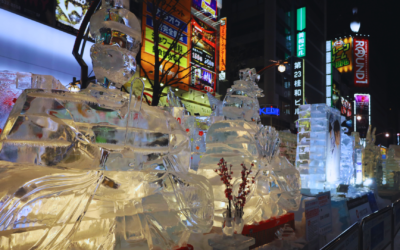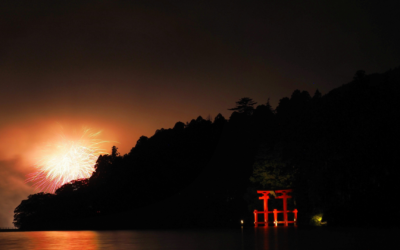Japan is known for its myriad holidays and celebrations. Some of these festivities last for just a day, while others extend over several days or even weeks. If you are curious about Doyo no Ushi no Hi and how to celebrate Unagi Day in Japan, you are in the right place. Let’s dive into this unique Japanese event and understand its significance!
What is Doyo no Ushi no Hi?

Doyo refers to an “18-19 day period following the change of the season.” It is typically observed four times a year: before the first day of spring, summer, autumn, and winter. The concept originates from ancient China, which embraced a five-element philosophy asserting that everything in the world is composed of five elements: wood, fire, earth, metal, and water.
This philosophy correlates with the four seasons: in spring, wood thrives; in summer, fire burns; in autumn, metal is fruitful; and in winter, water is quiet and still. This framework leaves the element of earth, which is divided and assigned to the four seasons, symbolising a period of changing fortunes.
The Day of the Ox
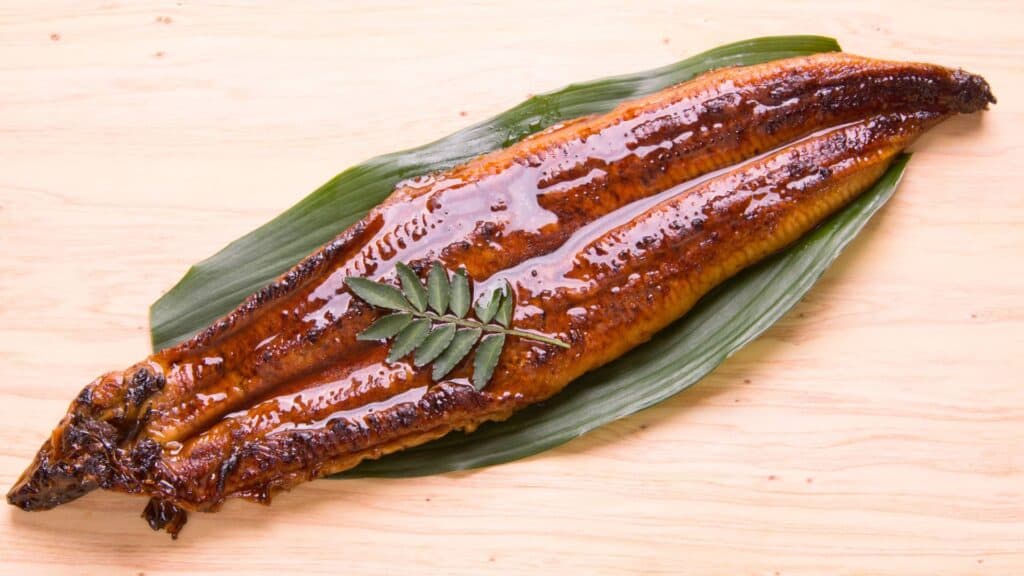
The Day of the Ox is derived from the twelve signs of the Chinese zodiac. There are twelve signs in total, and these symbols can be assigned to both a year and a day, cycling every twelve days. During the 18-day doyo period, there can be either one or two Ox days. When this occurs, it is referred to as Unagi Day. Interestingly, the probability of this day happening twice in a year is 60%.
When is the Day of the Ox in Doyo?
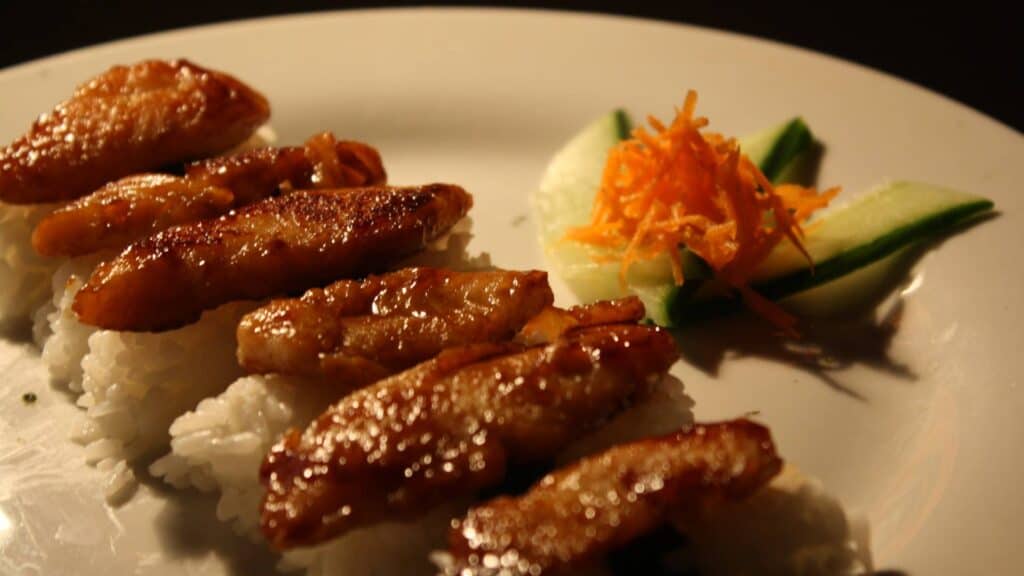
The summer Doyo period, or Natsu Doyo (夏土用), typically falls between 19 July and 6 August each year, though the exact dates can vary slightly. When Doyo ends, the following day is Risshū. If there is a second Ox day within one Doyo period, it is called Ni no Ushi.
Why Eels are Eaten on Unagi Day
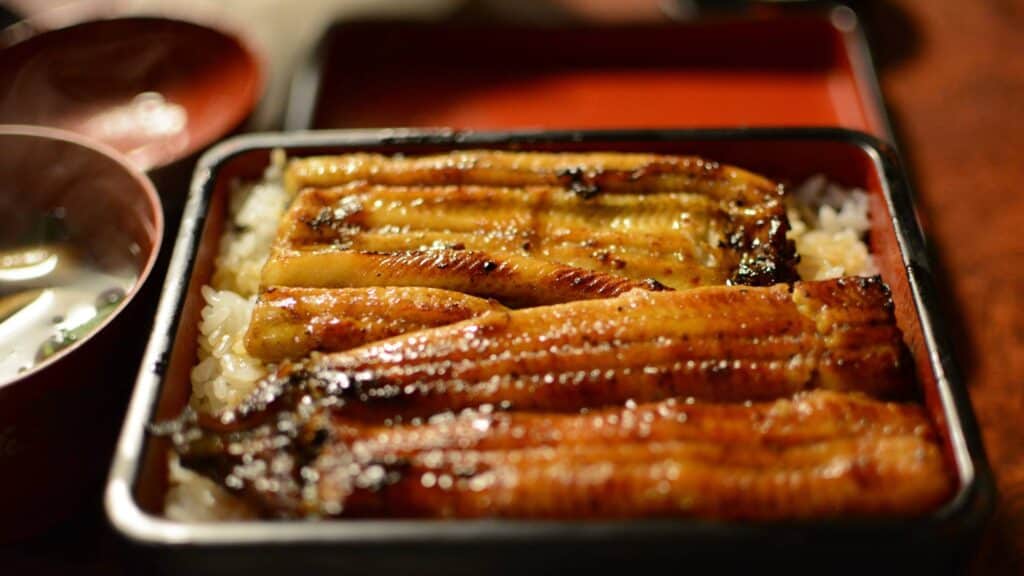
Unagi Day is celebrated in the summer due to a long-held belief that eating foods beginning with the letter ‘u’ (or う) helps alleviate the summer’s heat and humidity. The summer heat is thought to deplete the body’s energy, making it difficult to consume large, nutritious meals. Eels, rich in vitamins A, B, E, and D, provide a nutritional boost in a small, easily digestible portion. For instance, 100 grams of vitamin A from eel meets the daily requirement for an adult.
This tradition gained popularity thanks to Gennai Hiraga, a known author who advised an eel shop owner struggling with sales to create signs proclaiming, “Today is the Day of the Ox.” This marketing strategy caught on, and soon other shops adopted it, cementing the custom of eating eel on Unagi Day.
Other Foods Eaten on Unagi Day
Udon Noodles
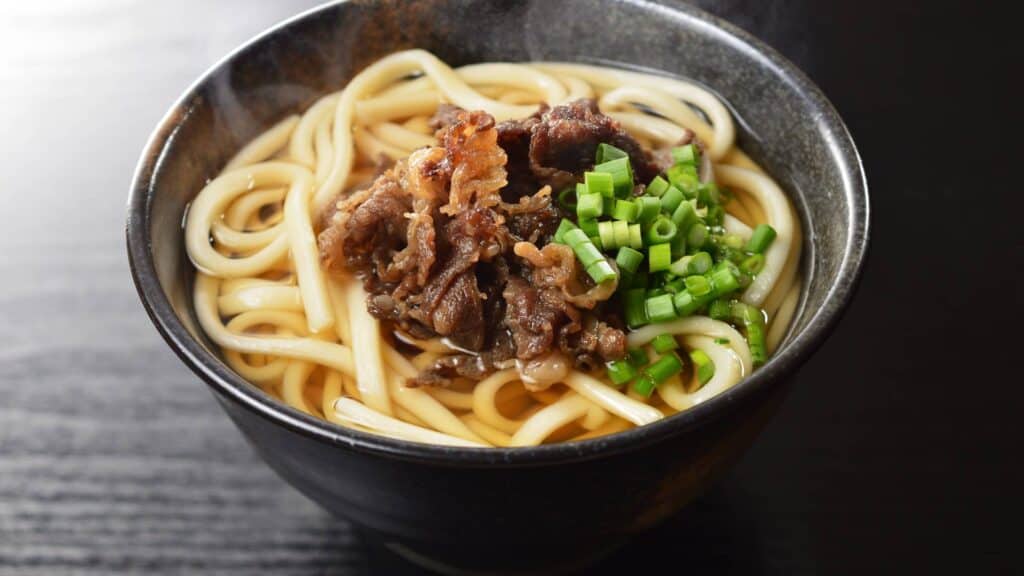
Udon, another food beginning with ‘u,’ is not only nutritious but also easy to eat even when appetite wanes in the heat. Chilled udon, garnished with seasonal vegetables like myoga and shiso, makes for a refreshing meal. Adding pickled plums, which also contain ‘u,’ enhances the dish’s flavour and nutritional value.
Uri (Gourd)
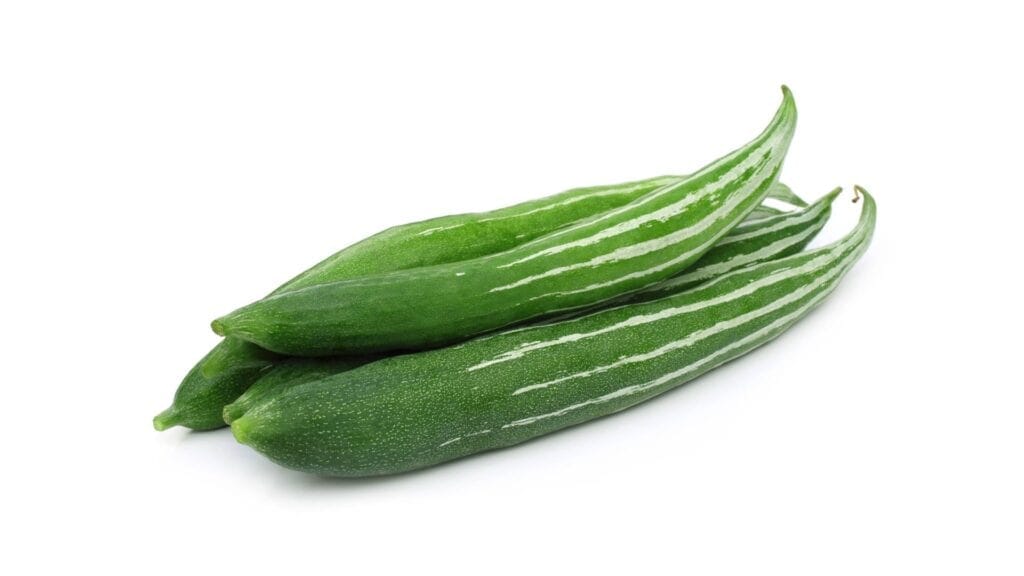
The gourd family, including cucumbers, bitter gourds, and watermelons, is in season during the summer. Gourds are rich in potassium, which helps regulate sodium levels and maintain the body’s pH balance. Squash and courgette are also part of this family and are similarly beneficial.
Dried Plums
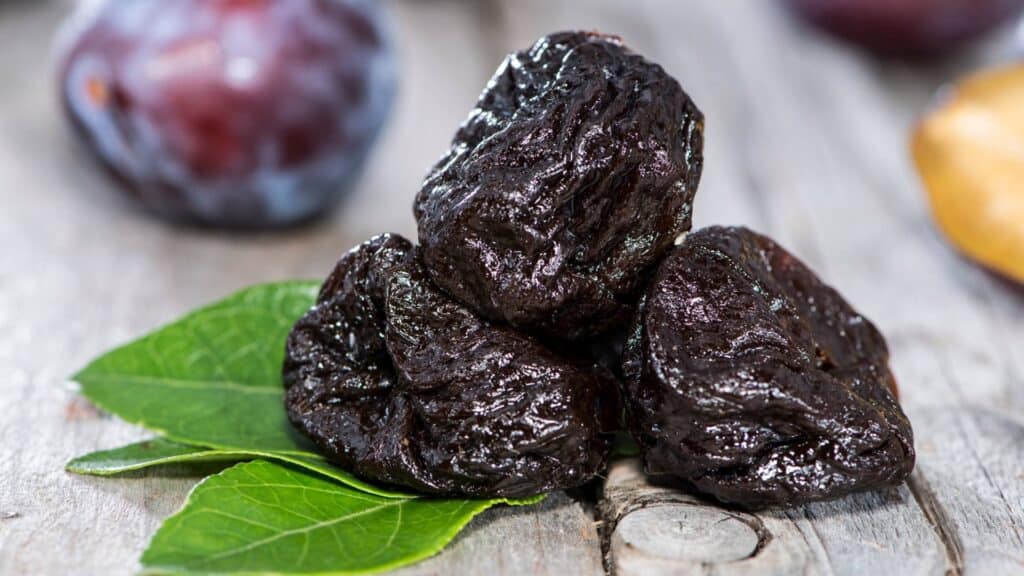
Dried plums, or umeboshi, are pickled plums rich in citric acid, known for its energising properties. They pair perfectly with chilled udon noodles. Despite the saying that “eels and pickled plums are a terrible combination,” there is no scientific basis for this, so you can enjoy both without worry.
Clams
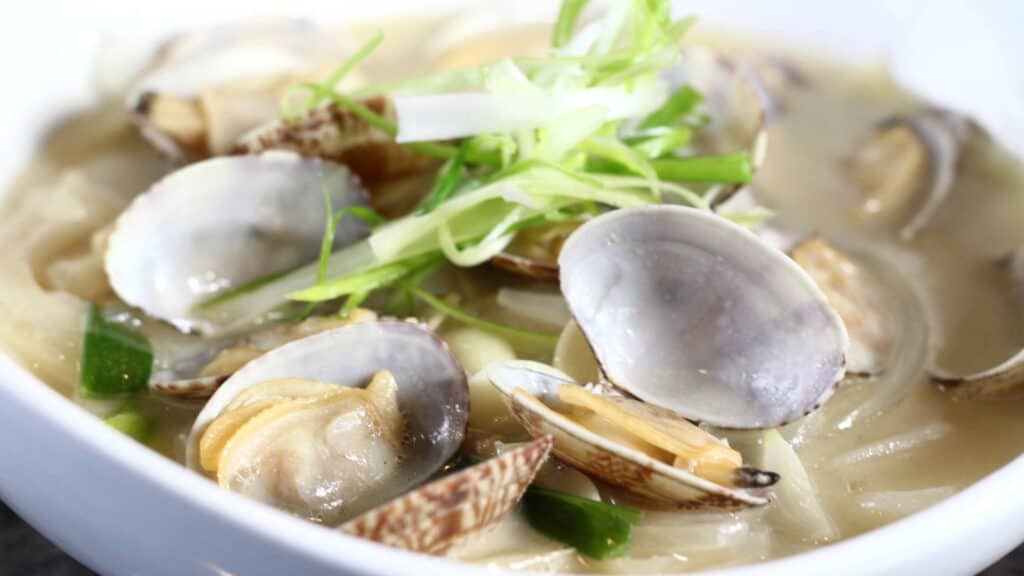
Shijimi clams, rich in the amino acid ornithine, are a summer delicacy known as Doyo Shijimi. Their meat becomes especially nutritious from June to mid-July, making them a luxurious addition to unaju (eel stew) and miso soup.
Doyou Egg
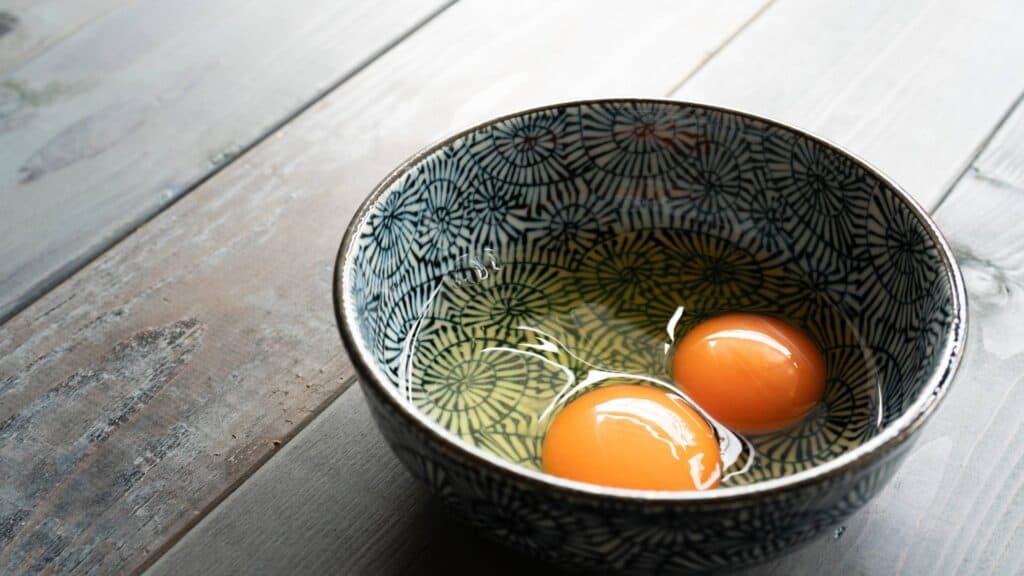
The tradition of eating eggs during the summer Doyo period dates back to the Edo period (1603-1868). While eggs are now available year-round, they were once a seasonal luxury. Packed with nutrients, eggs were ideal for combating the summer heat.
Embrace the Tradition of Unagi Day
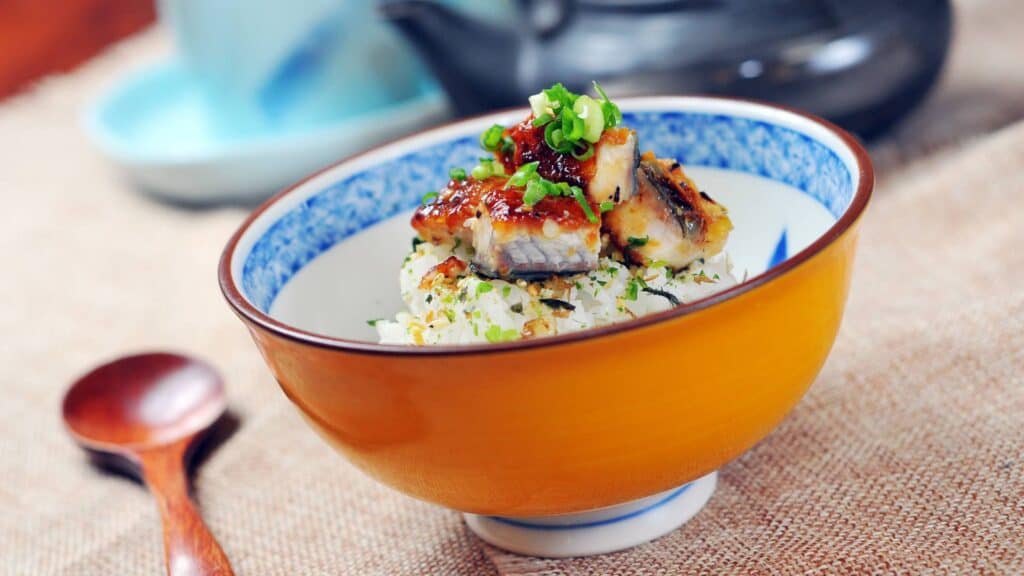
Doyo no Ushi no Hi is a delightful event you won’t want to miss. Unagi Day offers a unique opportunity to enjoy dishes not widely available elsewhere, with supermarkets and restaurants across Japan joining in the celebration. Whether you are indulging in eel or other traditional foods, this day is a testament to Japan’s rich cultural heritage and culinary diversity. The significance of Unagi Day extends beyond its delicious offerings, reflecting a deep connection to seasonal changes and historical customs that have been cherished for generations.
By participating in Unagi Day, you are not just enjoying a meal but also immersing yourself in a cultural experience that highlights the importance of tradition and seasonal awareness. The celebration of Doyo no Ushi no Hi serves as a reminder of the wisdom embedded in ancient practices and their relevance in contemporary times. So, the next time July and August roll around, remember to mark your calendar for Unagi Day and savour the taste of this special occasion, embracing the historical and nutritional richness it represents.

